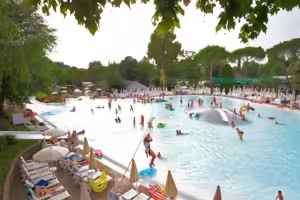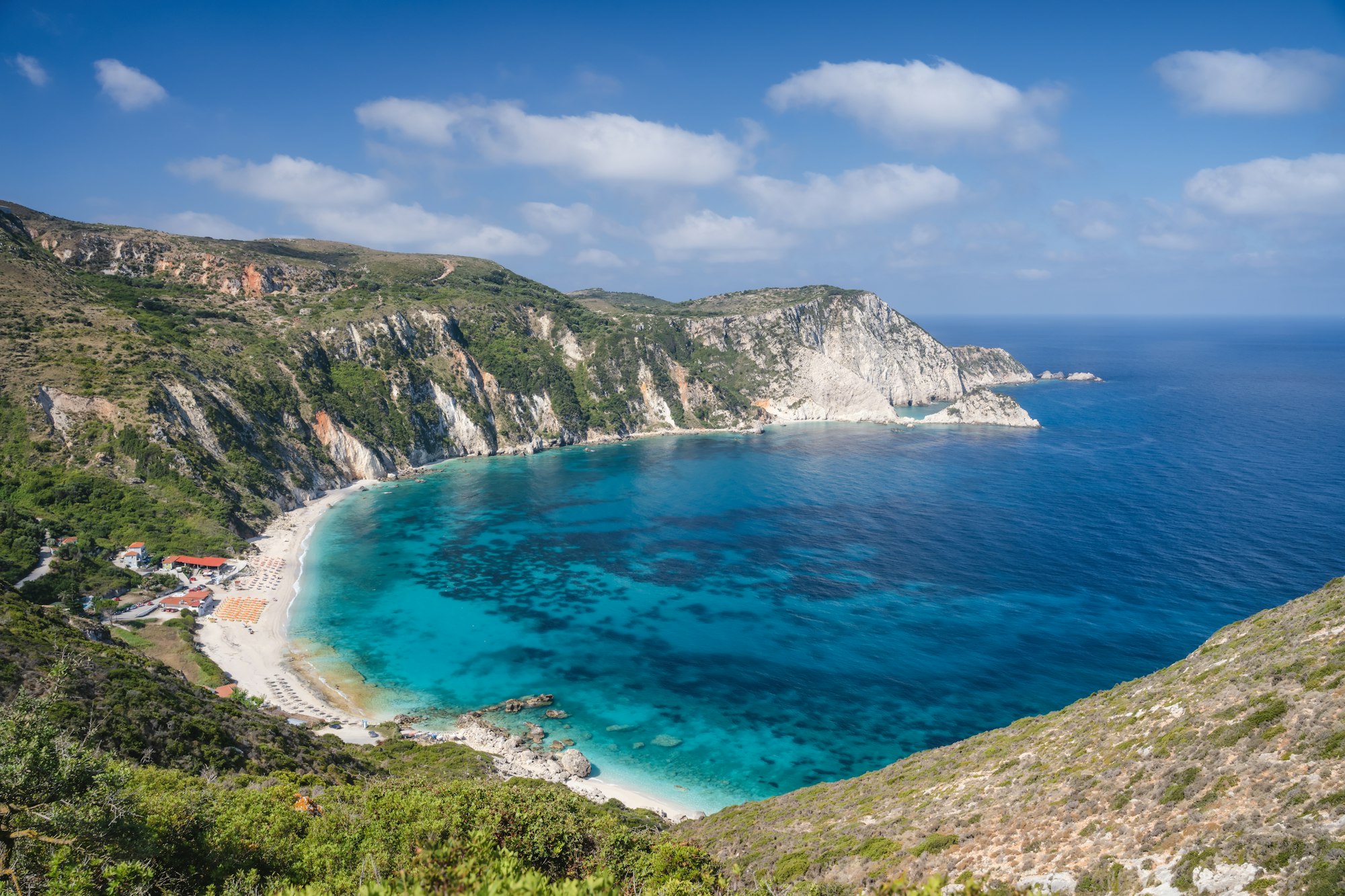Visiting Ireland offers a unique opportunity to explore a blend of natural beauty and cultural richness. The best time to visit Ireland in 2024 promises ideal weather conditions and a host of exciting activities and festivals. Whether you’re looking to delve into the history, indulge in local culinary delights, or simply relax amidst stunning landscapes, Ireland has something to offer every type of traveler. This guide provides essential tips and insights to help you make the most of your visit during the optimal travel period.
TLDR;
ToggleBest Time of Year To Visit Ireland in 2024
Ireland is a country that can be visited year-round, but the best time to visit largely depends on what you’re looking to experience. For the best weather, plan your trip between May and September. During these months, you can enjoy mild temperatures and extended daylight hours, making it perfect for sightseeing and outdoor activities. May and September are particularly favorable as they offer fewer crowds and lower prices compared to the peak summer months of June, July, and August (The Irish Road Trip) (Travellers Worldwide).
Best Month To Visit Ireland in 2024
May is often considered the best month to visit Ireland. The weather is pleasant with fewer rainy days, the landscapes are lush and green, and the tourist crowds have not yet peaked. Additionally, many local festivals start in May, providing a glimpse into Irish culture (Rove.me).
Essential Travel Tips
Weather: Always be prepared for rain, regardless of the season. Pack waterproof clothing and sturdy walking shoes.
Festivals: Try to align your visit with local festivals such as St. Patrick’s Day in March or the Galway Arts Festival in July for a cultural immersion (Divergent Travelers).
Transportation: Renting a car is advisable for exploring rural areas and scenic routes like the Wild Atlantic Way.
Accommodation: Book accommodations in advance, especially if traveling during peak tourist season.
50 Places to Visit in Ireland
Dublin: Explore the capital city’s historical sites like Trinity College and the Guinness Storehouse.
Cliffs of Moher: Famous for their breathtaking views over the Atlantic Ocean.
Ring of Kerry: A scenic drive that offers a mix of coastal and mountainous landscapes.
Galway: Known for its vibrant arts scene and lively festivals.
Cork: Visit the English Market and Blarney Castle.
Killarney National Park: Ideal for hiking and spotting wildlife.
Dingle Peninsula: Famous for its rugged coastline and charming villages.
Aran Islands: Step back in time on these islands known for their ancient forts and traditional culture.
Belfast: Discover the Titanic Quarter and the rich history of Northern Ireland.
Giant’s Causeway: Unique basalt columns created by ancient volcanic activity.
Connemara: Renowned for its stunning landscapes and traditional Irish culture.
Waterford: Home to the world-famous Waterford Crystal.
Sligo: Explore Yeats Country and its literary connections.
Limerick: Visit King John’s Castle and the Hunt Museum.
Donegal: Known for its rugged beauty and remote beaches.
Kilkenny: Explore the medieval Kilkenny Castle and vibrant arts scene.
Newgrange: A prehistoric monument older than the pyramids.
Cobh: The last port of call for the Titanic.
Kinsale: A picturesque harbor town famous for its gourmet restaurants.
Glendalough: An early medieval monastic settlement in a stunning valley.
Bunratty Castle: Experience a medieval banquet in this restored castle.
Skellig Michael: A UNESCO World Heritage site and filming location for Star Wars.
Phoenix Park: One of the largest enclosed parks in Europe, located in Dublin.
Powerscourt Estate: Famous for its gardens and waterfall.
The Burren: A unique karst landscape with rich flora and fauna.
Mount Stewart: An 18th-century house and gardens in Northern Ireland.
Rock of Cashel: A historic site with medieval buildings.
Lough Gur: An archaeological site with ancient remains.
Ashford Castle: A luxury hotel with a rich history.
Muckross House: A 19th-century mansion in Killarney National Park.
Slieve League: Some of the highest sea cliffs in Europe.
Derry: Known for its well-preserved city walls and historical significance.
Westport: A charming town with Georgian architecture.
Kinsale: Known for its colorful buildings and gourmet food.
Valentia Island: Offers stunning views and historical sites.
Bantry House: A stately home with beautiful gardens.
Dingle Dolphin Tour: Meet Fungie, the friendly dolphin.
Hook Lighthouse: One of the oldest operational lighthouses in the world.
Kylemore Abbey: A stunning abbey with Victorian walled gardens.
Beara Peninsula: Known for its scenic driving routes.
Lismore Castle: A historic castle with beautiful gardens.
Fota Wildlife Park: A great place for families near Cork.
Glenveagh National Park: Explore the castle and gardens.
Aviva Stadium: For sports fans, catch a rugby or football match.
Mizen Head: Visit the signal station and enjoy the coastal views.
Inishbofin Island: Offers tranquility and stunning landscapes.
Wicklow Mountains: Great for hiking and exploring.
Boyne Valley: Known for its ancient sites including Newgrange.
Ross Castle: A 15th-century tower house in Killarney.
National Museum of Ireland: Learn about Irish history and culture.
Conclusion
Ireland is a destination that caters to every type of traveler, offering a mix of historical sites, cultural experiences, and natural beauty. Whether you’re exploring vibrant cities, hiking scenic trails, or immersing yourself in local festivals, Ireland promises a memorable visit. Plan your trip around the best times to visit and explore the many attractions this enchanting country has to offer.
For further reading and up-to-date information, check out resources like The Irish Road Trip, Travellers Worldwide, and Rove.me.




